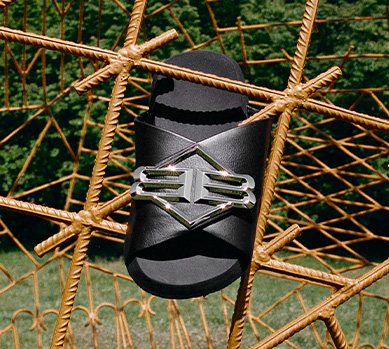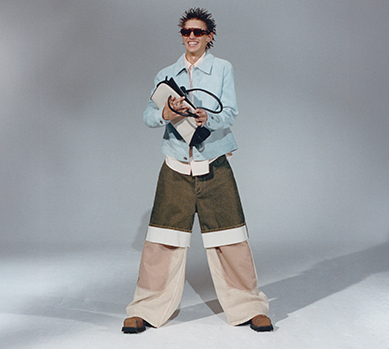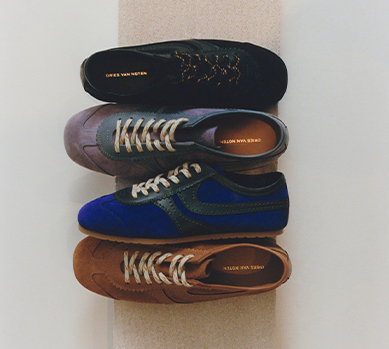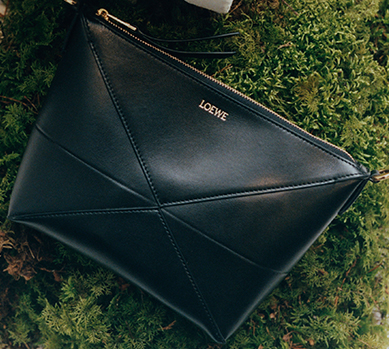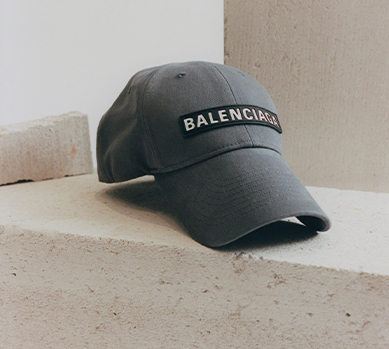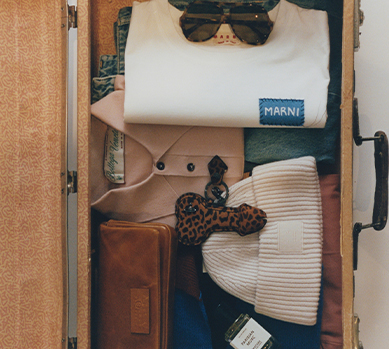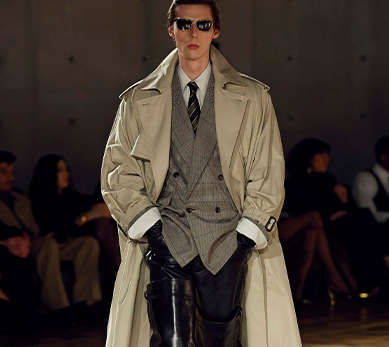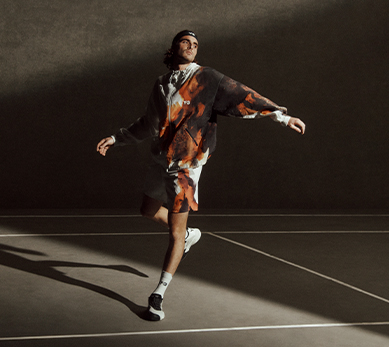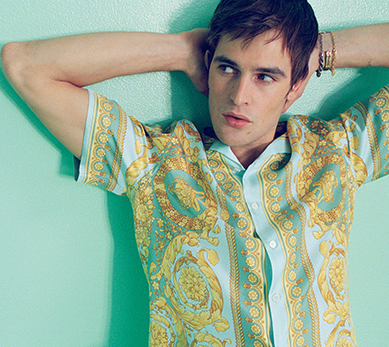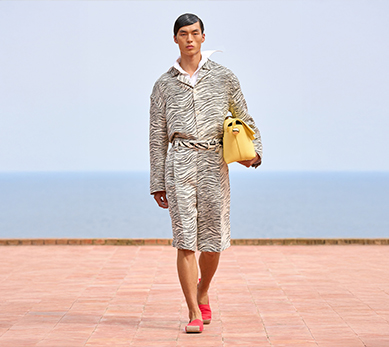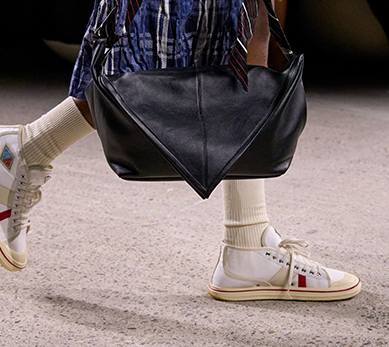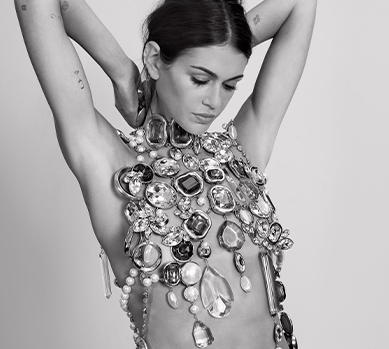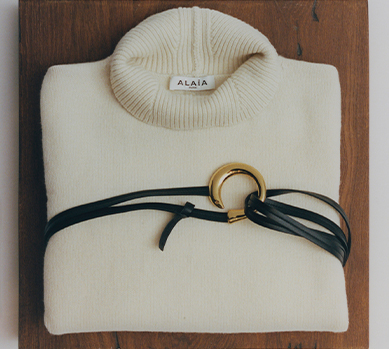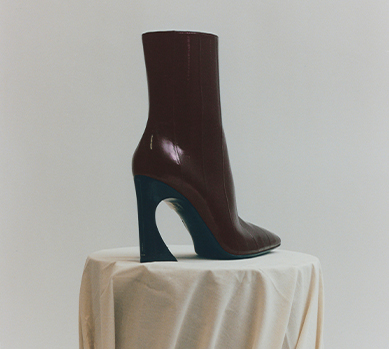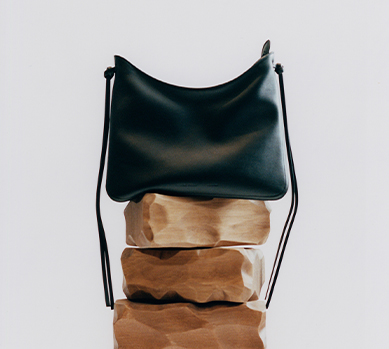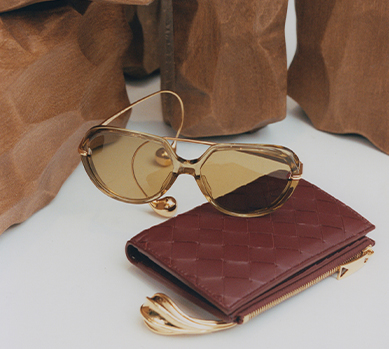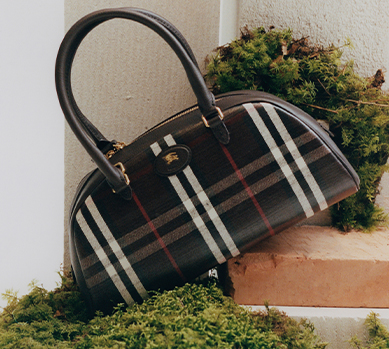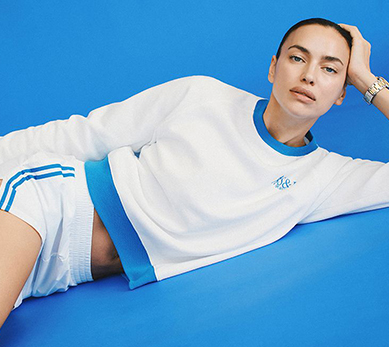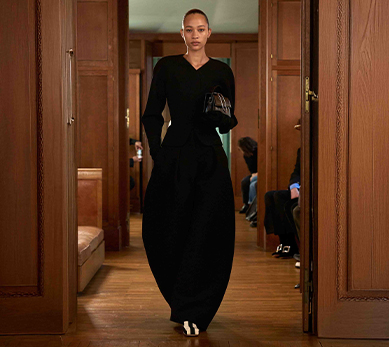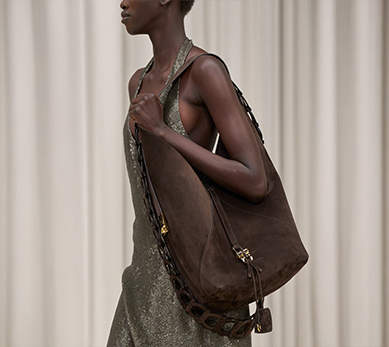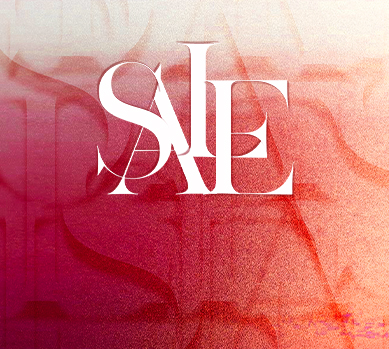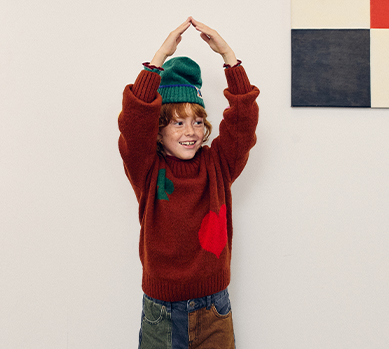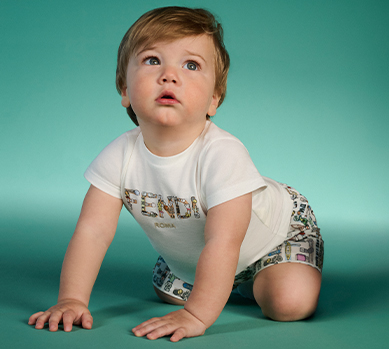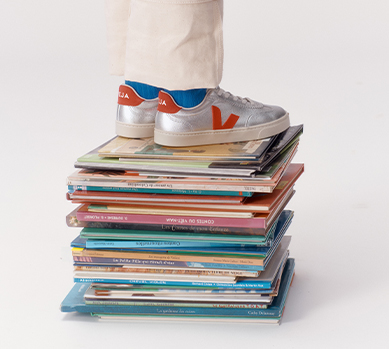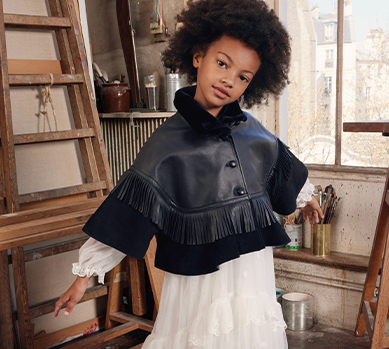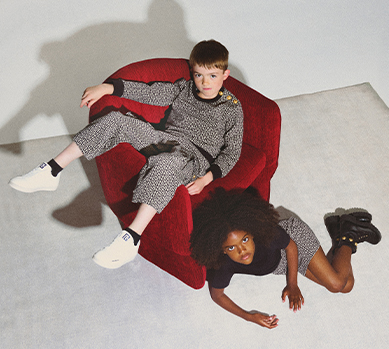- HOMBRES
- MUJERES
- NIÑOS
- STREETWEAR CLUB
- DISEÑADORES
- SALE
Hombres
Mujeres
Niños
The Old Money Aesthetic: An Ode to Timeless Elegance and Classic Style
Fashion

The old money style embodies timeless elegance, quality, and discreet luxury. Discover how to dress with class, embrace quiet luxury, and build a wardrobe rooted in tradition and refined taste.
In a world where trends flash and fade in the blink of an eye, there exists an aesthetic that remains resolutely untouched by the whims of seasonal fashion. This is the "old money" style—the quintessence of discreet luxury, timeless elegance, and refined taste. It is more than just a way of dressing; it is a life philosophy where quality triumphs over quantity, and true class has no need for ostentatious displays. Join us on a journey into a world where luxury is a whisper, not a scream, and elegance is a legacy passed down through generations.
The Genesis of Old Money Style
The term "old money" refers to wealth that has been inherited over generations. Its origins can be traced back to the 19th and early 20th centuries, forged within the circles of European aristocracy and America's financial elite. It is a visual language whose enduring appeal was shaped by legendary designers and icons like Grace Kelly on the Riviera, Jackie Kennedy Onassis in the White House, and Paul Newman.
This style is a visual reflection of history, tradition, and an established social standing, a narrative perfectly captured in the history of the Gucci fashion house. Inextricably linked to the lives of the upper echelons, it drew inspiration from the wardrobes of aristocrats, for whom dressing well was an effortless part of daily life. The aesthetic also has strong ties to the fashion sensibilities cultivated at elite British boarding schools and American Ivy League universities. At its core, old money fashion mirrors a particular way of life—one defined by tranquility, culture, and a deep respect for tradition.
The Defining Features of Old Money Style
The golden rule of this aesthetic is "less is more," a principle that lies at the heart of minimalism in fashion. The old money style is synonymous with an unstudied, effortless elegance. True luxury is a sensory experience, found in the details that are often invisible to the untrained eye. It is the enveloping softness of Scottish cashmere, the cool touch of heavy crepe silk against the skin, or the immaculate seams of a perfectly constructed blazer. It represents an investment in craftsmanship, ensuring that a garment will not only withstand the test of time but will age with grace.
The color palette is muted and harmonious, dominated by neutral shades. This is the essence of "quiet luxury"—the contemporary incarnation of the old money philosophy.
The Old Money Wardrobe
Building a wardrobe in the spirit of old money begins with a solid foundation of iconic, timeless pieces. For women, key elements include impeccably tailored blazers, silk blouses, simple-knit cashmere sweaters, and classic trench coats.
A gentleman's wardrobe should be anchored by made-to-measure suits, sport coats, Oxford shirts, and chino trousers. Accessories are always a subtle complement, never a statement piece that screams for attention. Think leather loafers, a classic timepiece on a leather strap reminiscent of the timeless Cartier Tank, or delicate jewelry like a string of pearls or a family signet ring.
The ensemble is completed by a discreet, logo-free handbag with an architectural silhouette, such as those from the collections of The Row or Delvaux. Such a piece speaks to its owner's taste, not its price tag. Sofia Richie Grainge has emerged as a modern icon of this aesthetic, her style perfectly illustrating how to blend classic pieces in a fresh and effortless manner. The secret lies in achieving harmony and a flawless fit.
Lifestyle and Old Money Fashion
The old money aesthetic is a reflection of a certain culture and set of values. Fashion choices are deliberate, guided by a respect for tradition. Attire is expected to be both comfortable and appropriate for the occasion. A fundamental principle that extends far beyond the closet is the ethos of quality over quantity. Rather than accumulating a vast collection of items, the focus is on owning fewer, exceptionally durable pieces.
It is essential to remember that impeccable dress goes hand-in-hand with impeccable manners. Elegance is manifested not only in one's clothing but also in one's bearing, conversation, and conduct. Discreet luxury is the art of enjoying the finer things in life without feeling the need to broadcast it to the world.
Old Money Today: A Contemporary Interpretation
Adapting classic style for the modern era is the key to maintaining its relevance and freshness. However, it is crucial to distinguish the old money aesthetic from its close cousins or common misinterpretations. It is not synonymous with the "preppy" look, nor should it be confused with impersonal minimalism—here, the secret lies in the perfection of the cut, which lends character to the clothing.
The greatest pitfall is attempting to create a costume. The old money style is not about dressing up as a character from the HBO series Succession. True elegance is about adapting these principles to your own personality and lifestyle, ensuring an authentic expression of self. It is about wearing the clothes, not letting the clothes wear you.
In Conclusion
The old money style is timeless because it is built on the universal principles of elegance, quality, and conscious consumption. It is not a fleeting trend but a manifestation of a life philosophy where the vintage comeback is always in season. To draw inspiration from this aesthetic is to accept an invitation into a world where clothing is an investment in oneself, and quality tells a story far more compelling than any logo ever could. At Vitkac, we believe in this philosophy, which is why we offer curated collections that embody these values. We encourage you to cultivate your own style with intention and purpose.

